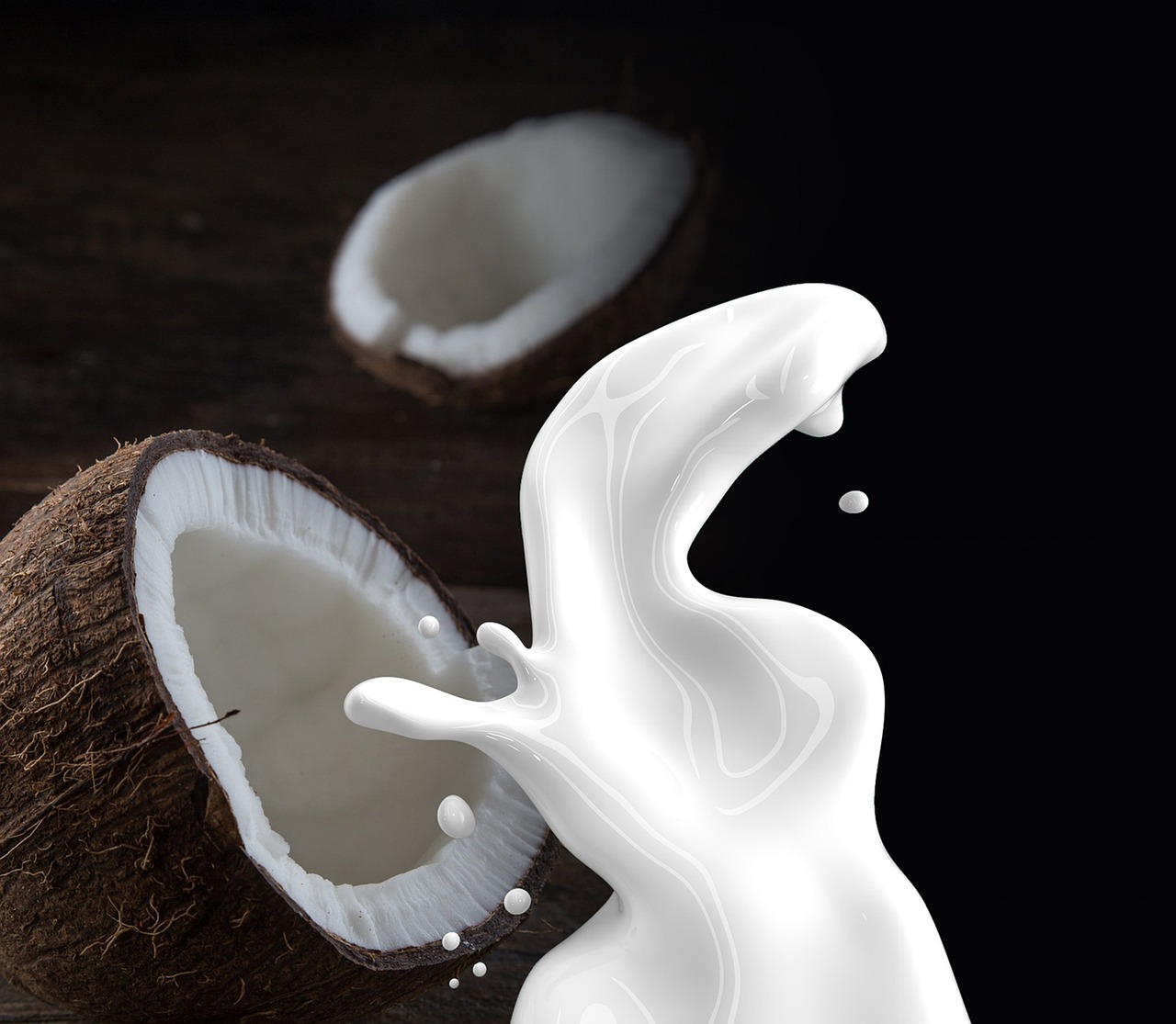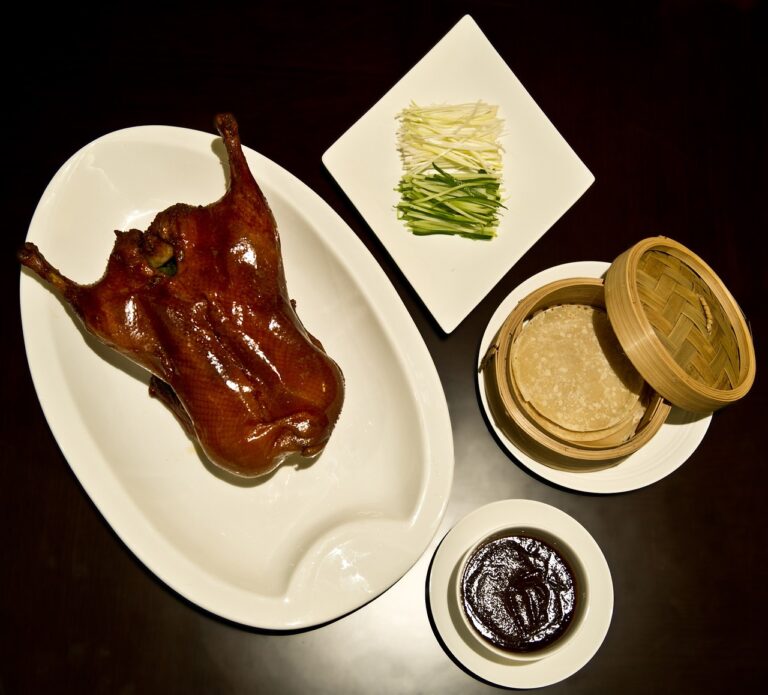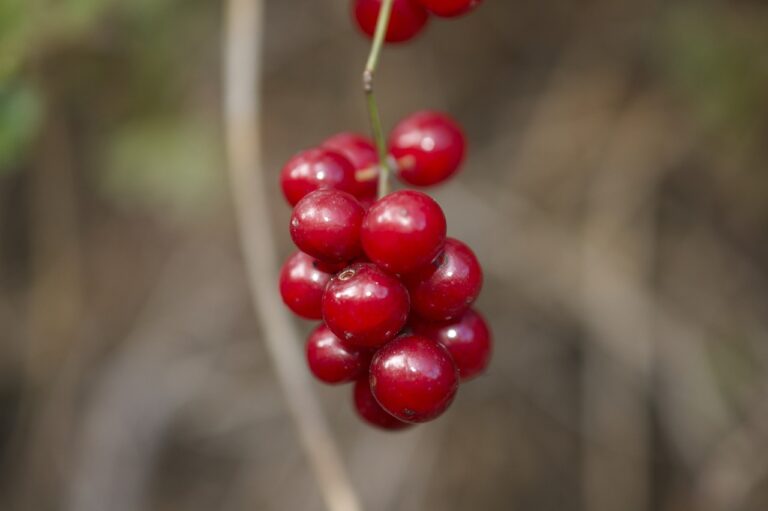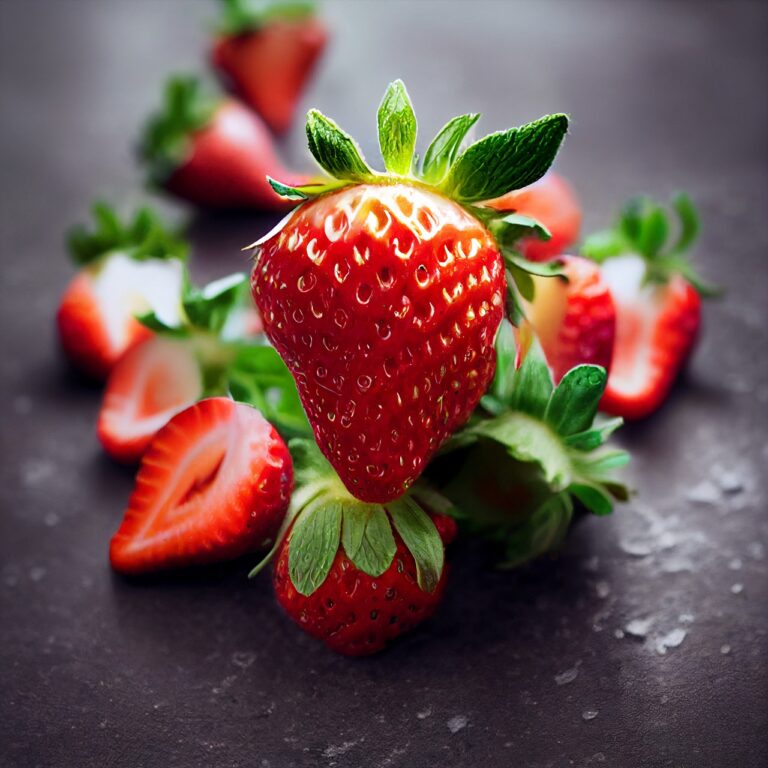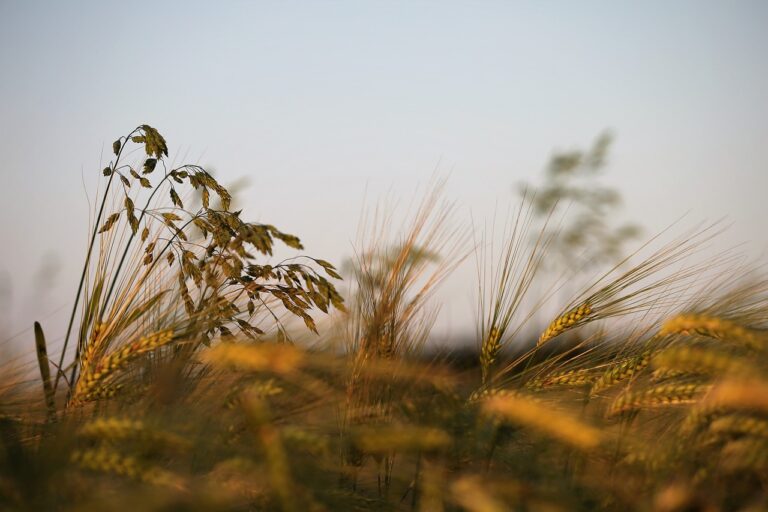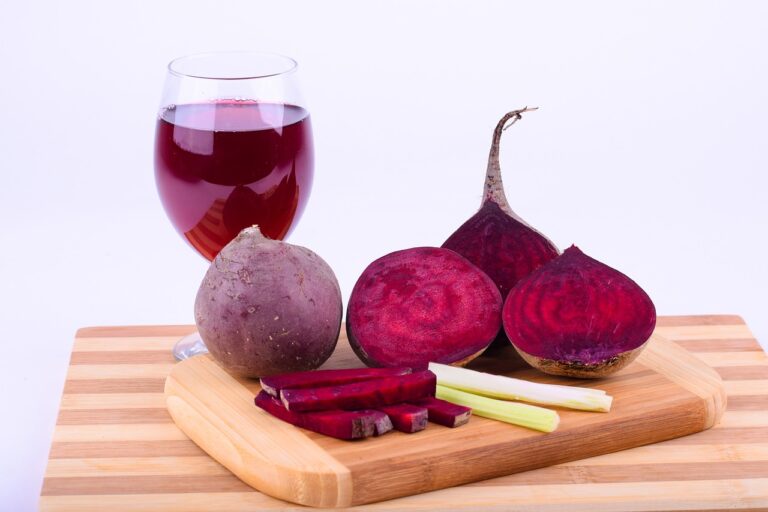The Art and Science of Chocolate Making
Chocolate has a rich and fascinating history that dates back thousands of years. Believed to have been first cultivated by the ancient Mayan civilization around 1900 BC, cocoa beans were used to create a bitter, spicy drink known as “xocolatl.” The Aztecs later adopted cocoa as a luxury commodity, offering it as a gift to their rulers and using it as a form of currency. When Spanish explorers encountered chocolate during their travels to the Americas, they introduced it to Europe, where it quickly became popular among the nobility.
As the demand for chocolate grew, methods for processing and consuming it evolved. By the 18th century, advancements in technology led to the production of solid chocolate as we know it today. The invention of the cocoa press in 1828 by Coenraad van Houten further revolutionized the chocolate-making process, allowing for the extraction of cocoa butter and the creation of smoother, tastier chocolate products. Over time, chocolate became more accessible to the masses, transforming from a luxury item enjoyed by the elite to a beloved treat enjoyed by people around the world.
Origins of Cocoa Beans
Cocoa beans, the key ingredient in chocolate, have a rich history that dates back to ancient Mesoamerican civilizations. The native people of regions such as present-day Mexico, Central America, and South America were the first to cultivate and use cocoa beans for their various culinary and medicinal purposes.
These civilizations revered cocoa beans, considering them to be a precious commodity worthy of trade and even used as a form of currency. The beans were also used in religious ceremonies and believed to have mystical properties. Through trade and conquest, the knowledge and use of cocoa beans spread to other parts of the world, eventually leading to the global chocolate industry that we know today.
Chemical Composition of Chocolate
Chocolate is a complex mixture of various components that contribute to its unique flavor and texture. The primary ingredients in chocolate are cocoa solids, cocoa butter, sugar, and additives like milk powder or emulsifiers. Cocoa solids contain the characteristic cocoa mass, which gives chocolate its rich cocoa flavor.
Cocoa butter, a natural fat in cocoa beans, plays a crucial role in determining the smoothness and mouthfeel of chocolate. The ratio of cocoa solids to cocoa butter influences the texture and consistency of the final product. Sugar is added to balance the bitterness of cocoa and enhance the sweetness of chocolate, making it more palatable. Various additives and flavorings can also be included to create diverse types of chocolate with different tastes and textures.
• Cocoa solids contain cocoa mass
• Cocoa butter determines smoothness and mouthfeel
• Sugar balances bitterness and adds sweetness
• Additives and flavorings create diverse types of chocolate
What is the history of chocolate?
Chocolate has been consumed for thousands of years, with ancient civilizations like the Mayans and Aztecs using cocoa beans to make a bitter, spicy drink.
Where do cocoa beans come from?
Cocoa beans come from the cacao tree, which is native to Central and South America. The beans are found inside the pod of the cacao fruit.
What is the chemical composition of chocolate?
Chocolate is primarily made up of cocoa solids, cocoa butter, sugar, and milk powder. Cocoa solids contain cocoa mass and cocoa butter, which give chocolate its rich flavor and texture.
How is chocolate made?
Chocolate is made by roasting and grinding cocoa beans to create cocoa mass, which is then mixed with cocoa butter, sugar, and milk powder. The mixture is then conched and tempered to create the smooth texture of chocolate.
Is chocolate healthy?
Dark chocolate with a high cocoa content is known to have health benefits, as it contains antioxidants and flavonoids that can help improve heart health. However, chocolate also contains sugar and fat, so it should be consumed in moderation.

